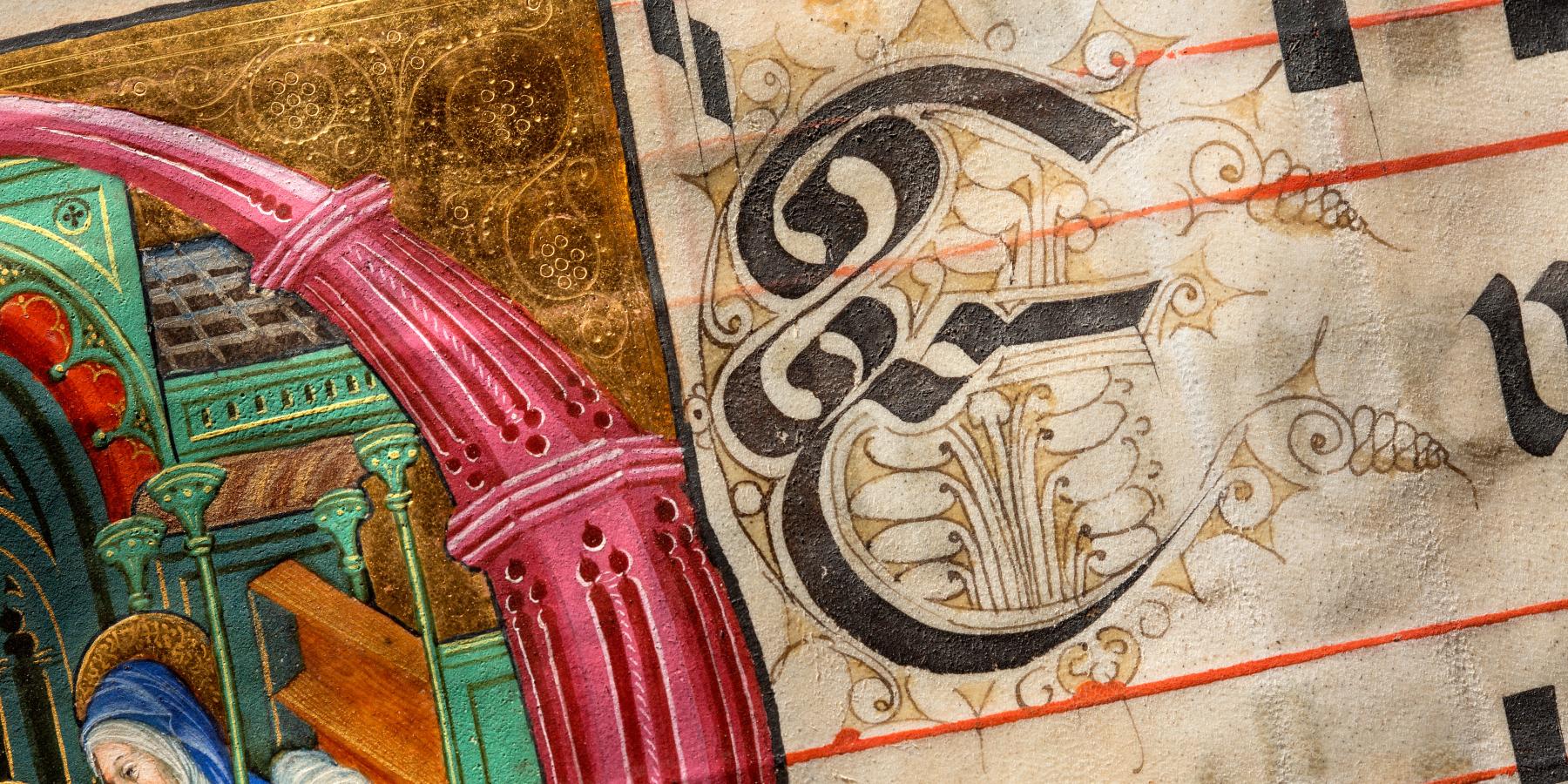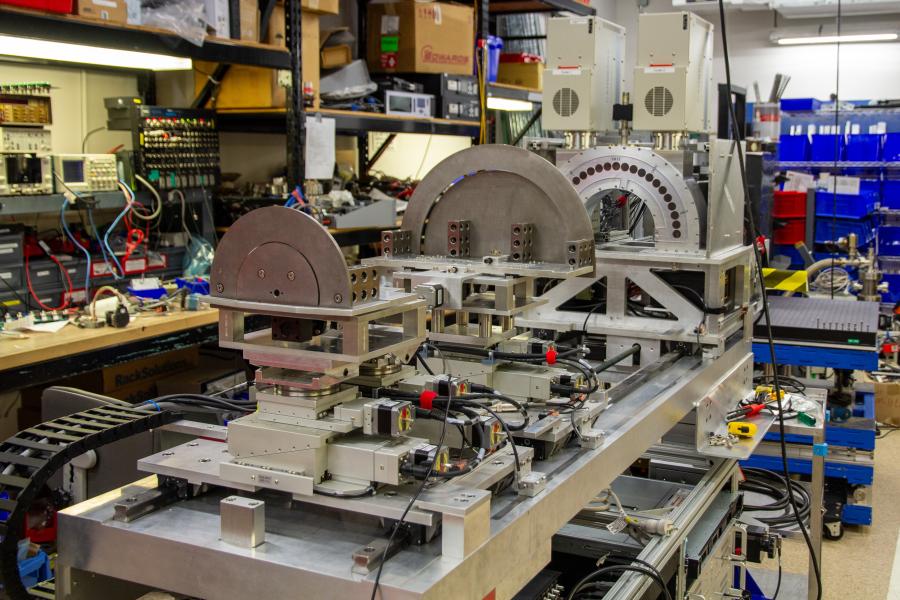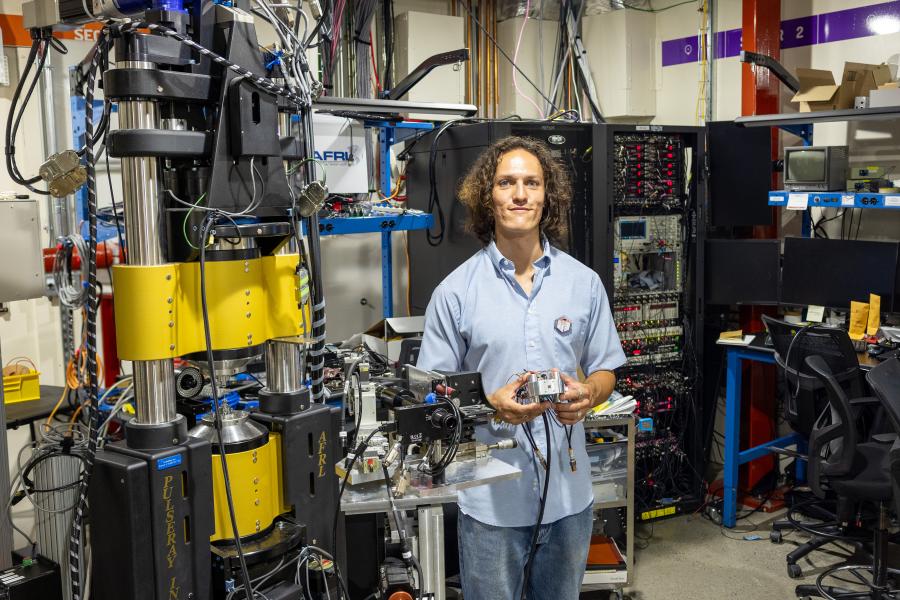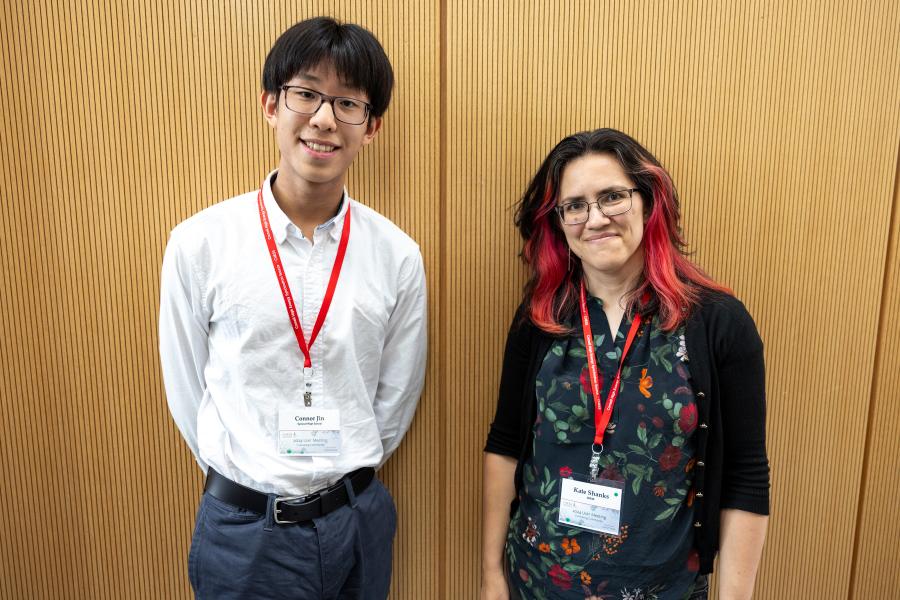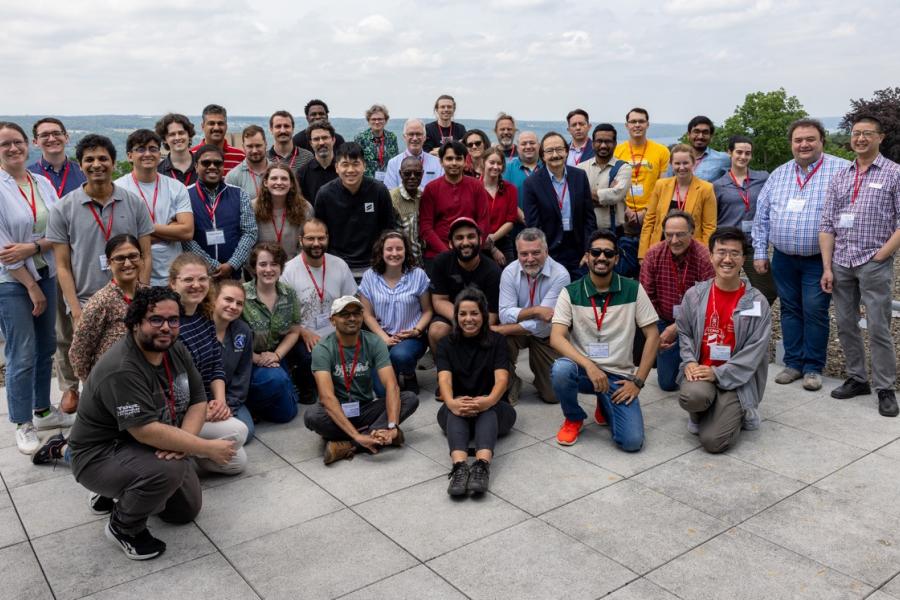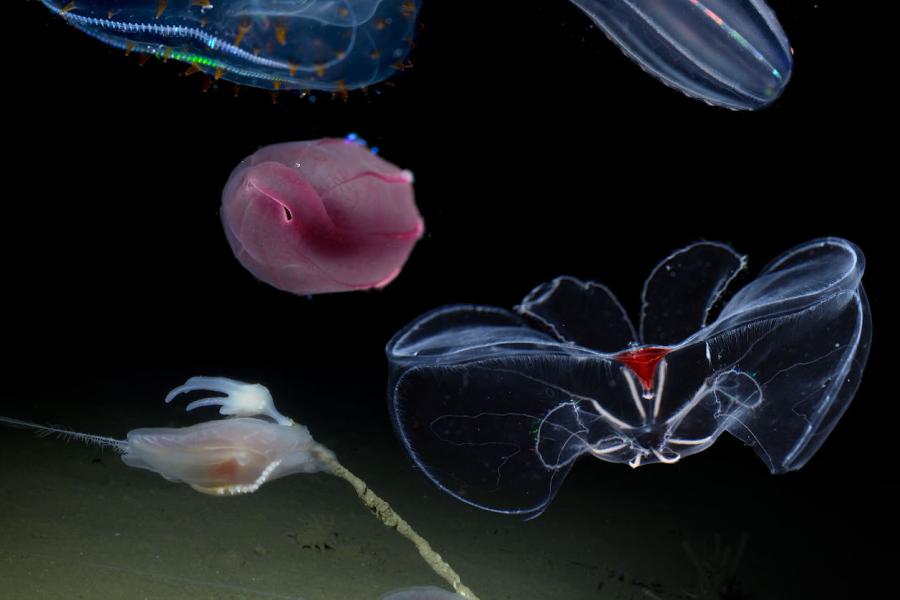Sidebar Menu (View Pages)
- Status
- ⌃ Science
- ⌃ Users
- ⌃ Facilities
- ⌃ Public
- Industry
- ⌃ About
Tags
Featured
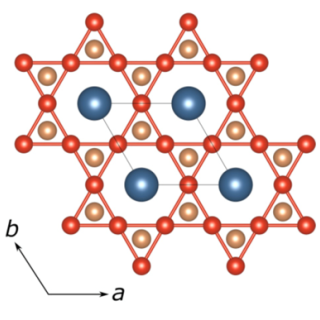
Structural evolution of the kagome superconductors through charge density wave order
A new paper appearing in Physical Review Materials by a team from UCSB, Argonne National Lab, and Cornell, sheds new light on the structural evolution of kagome superconductors during CDW formation.
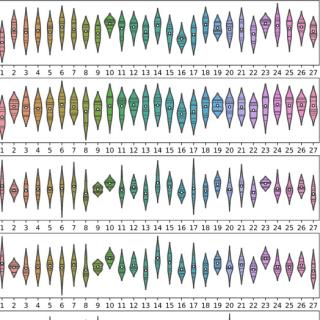
Using real-time data analysis to conduct next-generation synchrotron fatigue studies
A new paper appearing in the International Journal of Fatigue reports the first implementation of a real-time data analysis method for ff-HEDM, which can extract meaningful microscopic information as measurements are collected.
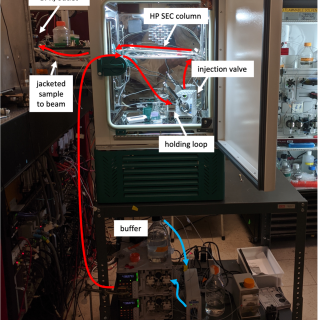
Inline small-angle X-ray scattering-coupled chromatography under extreme hydrostatic pressure
A new paper appearing in the journal “Protein Science” and authored by CHEXS-supported graduate student Robert Miller demonstrates for the first time that reproducible chromatographic separations coupled directly to high-pressure BioSAXS can be achieved at pressures up to at least 100 MPa.
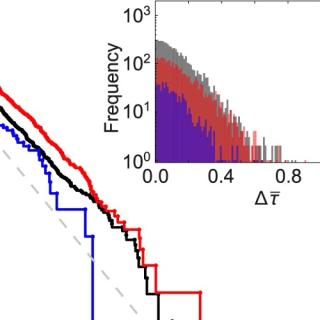
The influence of Alloying on slip intermittency and the implications for dwell fatigue in titanium
The high precision of HEDM measurements at FAST offer new insight into the microscopic processes that cause dwell fatigue, pointing toward new alloying strategies for mitigation.
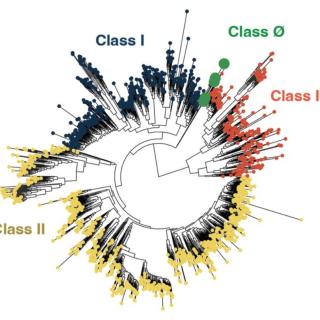
Protein family shows how life adapted to oxygen
Cornell scientists have created an evolutionary model that connects organisms living in today’s oxygen-rich atmosphere to a time, billions of years ago, when Earth’s atmosphere had little oxygen.
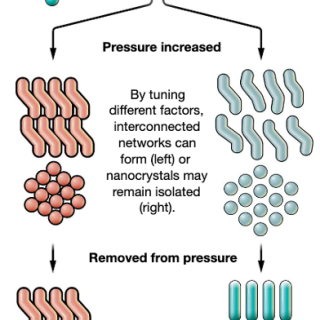
Nanocrystals with Metastable High-Pressure Phases Under Ambient Conditions
This groundbreaking work was supported by a collaboration between the PI an collaborators and CHEXS scientist Zhongwu Wang, spanning many years, across the former CHESS “B-line” beamline and the new CHEXS HPBio facilities. This work was enabled by custom diamond anvil cells with large opening angles for simultaneous SAXS / WAXS measurements, and by in-situ spectroscopy techniques deployed at CHESS
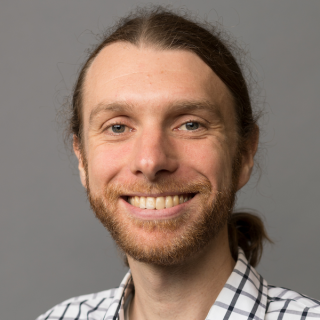
CHESS Welcomes New Staff Scientist - Steve Meisburger
Steve Meisburger joins CHESS as a staff Scientist at the FlexX beam line. Steve comes from the Ando Lab at Cornell, which studies how enzymes work by using a combination of biophysical and biochemical techniques. We are thrilled to have Steve join the CHESS team!
Follow Steve on twitter: @meisborg
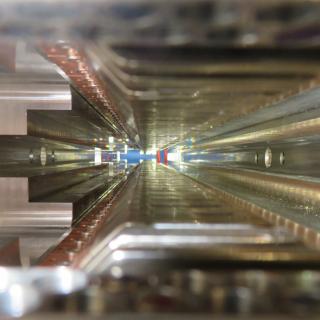
Super Cornell Compact Undulator (sCCU) Compact Variable-Gap Undulator with Hydraulic-Assist Driver and Enhanced Magnetic Field
CHEXS scientists and collaborators have developed, prototyped, built, and tested a compact variable-gap undulator with hydraulic-assist driver and innovative hybrid magnetic structure. The sCCU is a more versatile and efficient x-ray source for the next generation of CHEXS beamlines.
